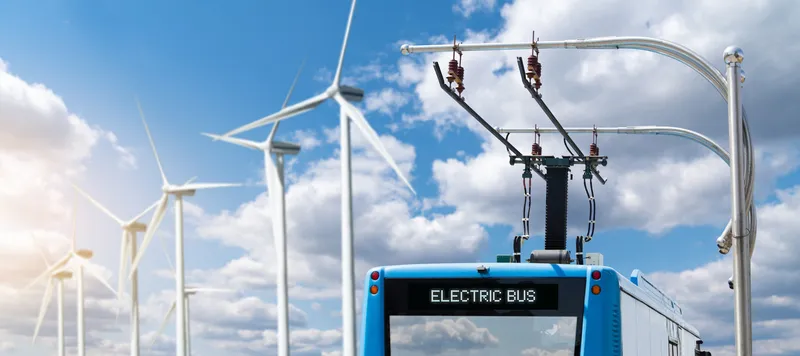In light of stagnant federal funding and limited capacity for states to increase spending, toll roads will play an increasing role in addressing the funding gap for road and bridge infrastructure needs in the US, according to a new report from Moody's Investors Service. Based on historical trends, Moody's projects more toll roads and increased tolling in areas with existing traffic congestion and growing economies, population and per capita income. The 2017 Infrastructure Report Card by the American Society
April 28, 2017
Read time: 2 mins
In light of stagnant federal funding and limited capacity for states to increase spending, toll roads will play an increasing role in addressing the funding gap for road and bridge infrastructure needs in the US, according to a new report from Moody's Investors Service.
Based on historical trends, Moody's projects more toll roads and increased tolling in areas with existing traffic congestion and growing economies, population and per capita income.
The 2017 Infrastructure Report Card by the5515 American Society of Civil Engineers cites an US$836 billion backlog of road and bridge infrastructure capital needs to maintain and improve current conditions and alleviate traffic congestion. But despite separate $1 trillion infrastructure funding plans pitched by the Trump Administration and Senate Democrats, Moody's expects little progress at the federal level.
States have already taken on a larger share of the infrastructure burden and are allocating more of their total budgets to roads and bridges. Forty states have increased their gas taxes since 1993, the last time that federal gas rates went up.
More recently, toll revenues have increased faster than state fuel taxes or motor vehicle fees as a source of transportation funding. In fiscal 2015, toll road operating revenues increased by 8.5 per cent compared to fiscal 2014, while state fuel taxes and motor vehicles increased by 6.4 per cent over the same time period.
High growth, high income regions will see an uptick in tolling since these areas typically experience more traffic congestion and tolling growth has been more robust, according to Moody’s.
While greater use of public-private partnerships (PPPs) could serve as an additional tool for funding infrastructure, a dedicated revenue stream would still be needed to encourage and support private investment.
For toll roads, the credit impact of added debt would vary depending on the funding approach, and whether the debt is offset by traffic and revenue growth.
Based on historical trends, Moody's projects more toll roads and increased tolling in areas with existing traffic congestion and growing economies, population and per capita income.
The 2017 Infrastructure Report Card by the
States have already taken on a larger share of the infrastructure burden and are allocating more of their total budgets to roads and bridges. Forty states have increased their gas taxes since 1993, the last time that federal gas rates went up.
More recently, toll revenues have increased faster than state fuel taxes or motor vehicle fees as a source of transportation funding. In fiscal 2015, toll road operating revenues increased by 8.5 per cent compared to fiscal 2014, while state fuel taxes and motor vehicles increased by 6.4 per cent over the same time period.
High growth, high income regions will see an uptick in tolling since these areas typically experience more traffic congestion and tolling growth has been more robust, according to Moody’s.
While greater use of public-private partnerships (PPPs) could serve as an additional tool for funding infrastructure, a dedicated revenue stream would still be needed to encourage and support private investment.
For toll roads, the credit impact of added debt would vary depending on the funding approach, and whether the debt is offset by traffic and revenue growth.









